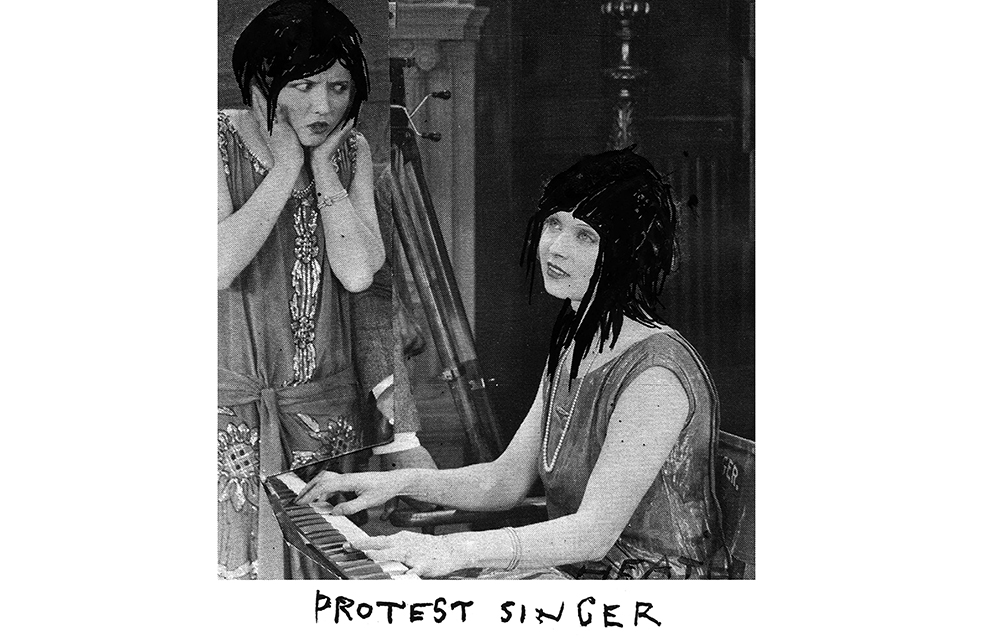The extraordinarily brave anti-CCP protestors have been striking up ‘Do You Hear the People Sing?’ from Les Misérables in the streets of many cities. A song written in 1980 for a musical adaptation of Victor Hugo’s 1862 novel has become an unlikely rallying cry in present-day China.
Like all the most effective protest songs, ‘Do You Hear…?’ has transcended its origins. In 2014, it was picked up during the Maidan revolution in Ukraine. There are now several ad hoc translations in Cantonese and Taiwanese. One of them – ‘Asking Who That Hasn’t Spoken Out’ – was heard during the Hong Kong protests in 2019, when students sang it over the national anthem at a school assembly, at which point the song was mysteriously ‘vanished’ by the authorities and removed from the Chinese music platform QQ Music. This only enhanced its revolutionary status.
Ancient protest songs, from 17th-centuryDiggers’ songs to Irish rebel tunes, have endured because their message is adaptable. One of the oldest English examples is ‘The Cutty Wren’. The folk revivalist A.L. Lloyd once claimed (without much evidence) that it dated back to the peasants’ revolt of 1381, the young wren symbolising the boy-king Richard II being killed and fed to the poor.
The peak of protest songs coincided with the nuclear age, the civil rights movement and the Vietnam War. Bob Dylan was its poster boy in the early 1960s, before recognising that an ideological position was a creative straitjacket, at which point of course he became a ‘Judas’ to the folk movement. When he performed in China in 2011, Dylan readily consented to the state’s request not to play ‘Desolation Row’ and ‘Blowin’ In The Wind’.
This last is a classic example of an effective protest song, directing a righteous sense of injustice against an undefined enemy. ‘Get Up Stand Up’ by Bob Marley is another which advocates for social agitation in the vaguest terms. John Lennon understood that for a protest song to stick, it must flirt with banality; why else write ‘Imagine’ and ‘Give Peace a Chance’? A simple melody helps. Woody Guthrie’s ‘This Land Is Your Land’ is almost a nursery rhyme.
For a song to rouse, inspire and disrupt across decades, it must be applicable outside the context of its creation. Many a topical protest song, penned in the heat of events, remains specific to them. ‘Ohio’ by Crosby, Stills, Nash & Young, The Specials’ ‘Free Nelson Mandela’ and Nina Simone’s ‘Mississippi Goddam’ are magnificent, but they would not cut the mustard with protestors in China in 2022.
Likewise, a distinction should be made between songs written to be heard, and those written to be chanted. It’s hard to imagine protestors singing Gil Scott-Heron’s knotty ‘The Revolution Will Not Be Televised’ en masse outside some despotic embassy.
The protest song is not dead, but there are fewer today. To write one requires a certain idealism, which is in short supply in the West. In China, conversely, an anthem written for a fictional uprising in 1815 France is giving added impetus to a real one today.






Comments